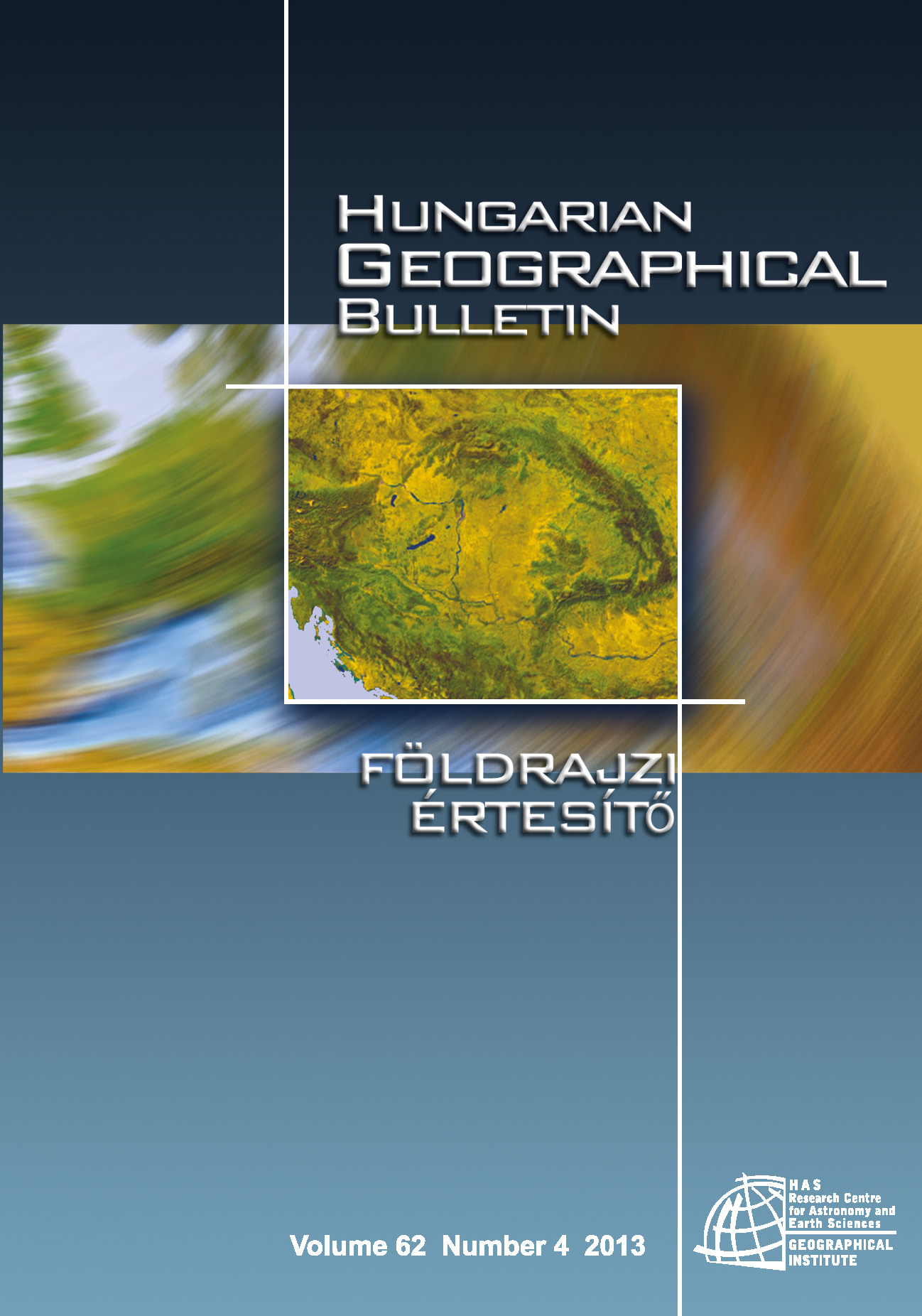The dimensions of peripheral areas and their restructuring in Central Europe
Abstract
The current paper tries to provide a general overview about the restructuring spatial pattern of peripheral areas in Central Europe. The Visegrad Countries are regarded as Central European countries, in this case, Poland, Slovakia, the Czech Republic and Hungary are involved. Major methodological problems hampered the process of data collection and the comparison of different delimitations of peripheral areas in different countries. However, a general overview could have been made in order to detect the most important alterations of the spatial structures of the investigated countries. The territorial structures of peripheral areas during the socialist era and nowadays were compared to each other. The changes in
the location of peripheral areas reflect back the increasing role and the influence of the capital cities and the largest towns and the ongoing development of the Western territories. At the same time, the crisis of the Eastern border areas – traditional backward areas – became deeper and it can be regarded as permanent along with the process of concentrating and cumulating social-economic problems. The structural changes triggered the backsliding of some of the former industrial and mining areas causing a new phenomenon in the patt ern of peripheral territories in Central Europe.
Copyright (c) 2013 János Pénzes

This work is licensed under a Creative Commons Attribution-NonCommercial-NoDerivatives 4.0 International License.






